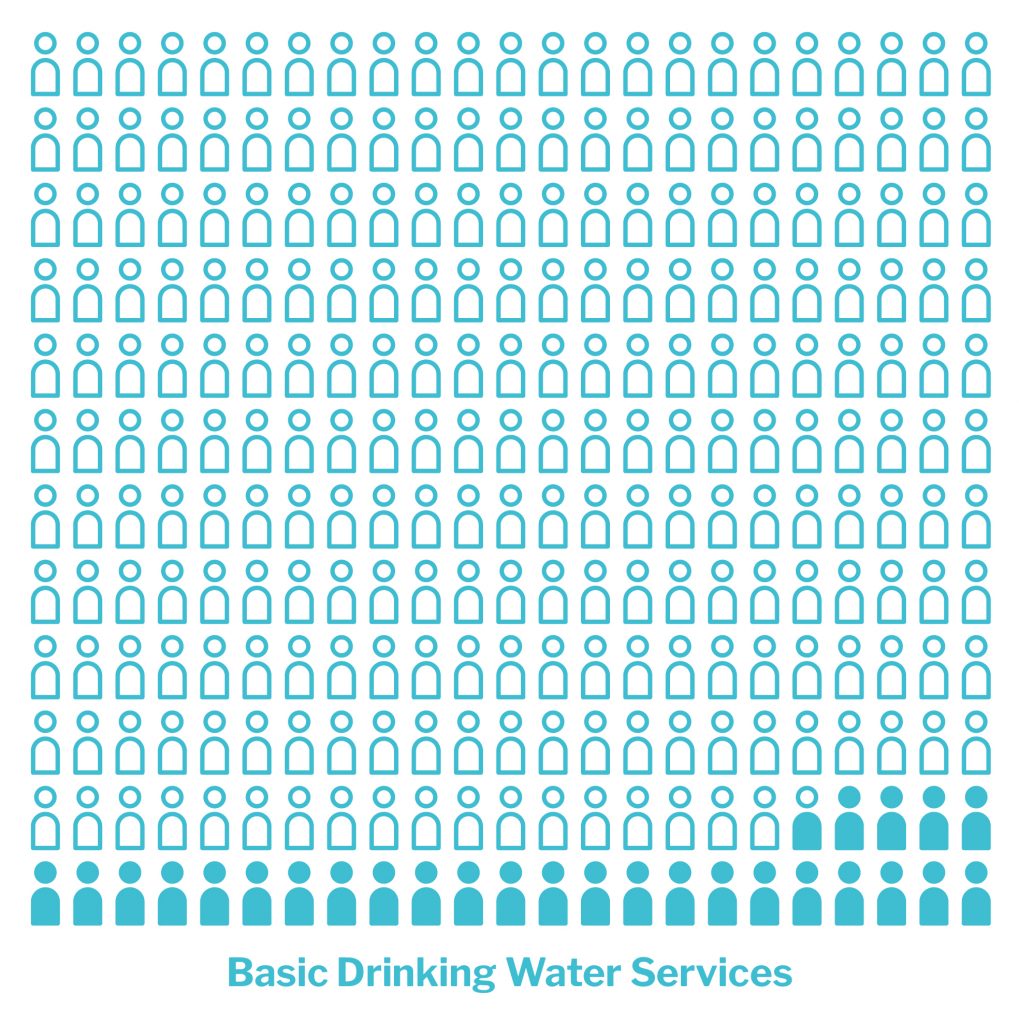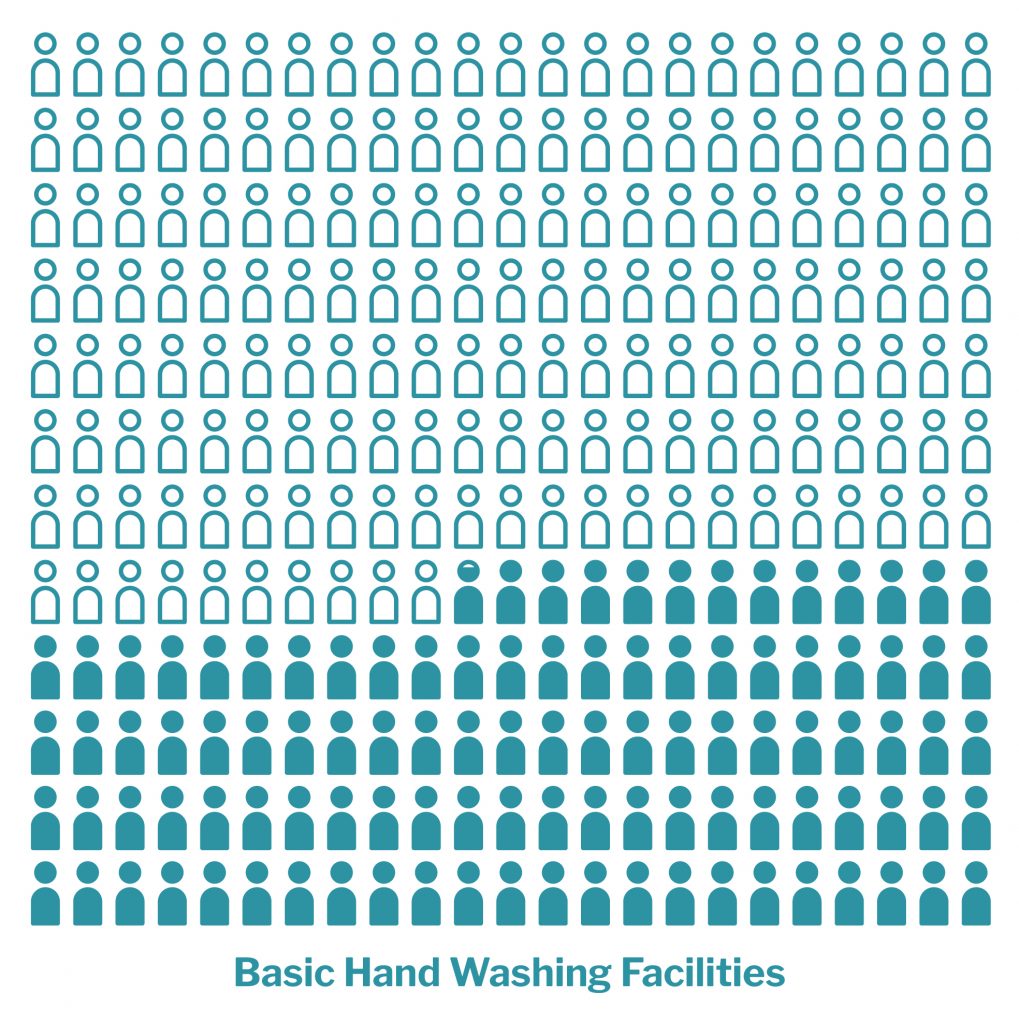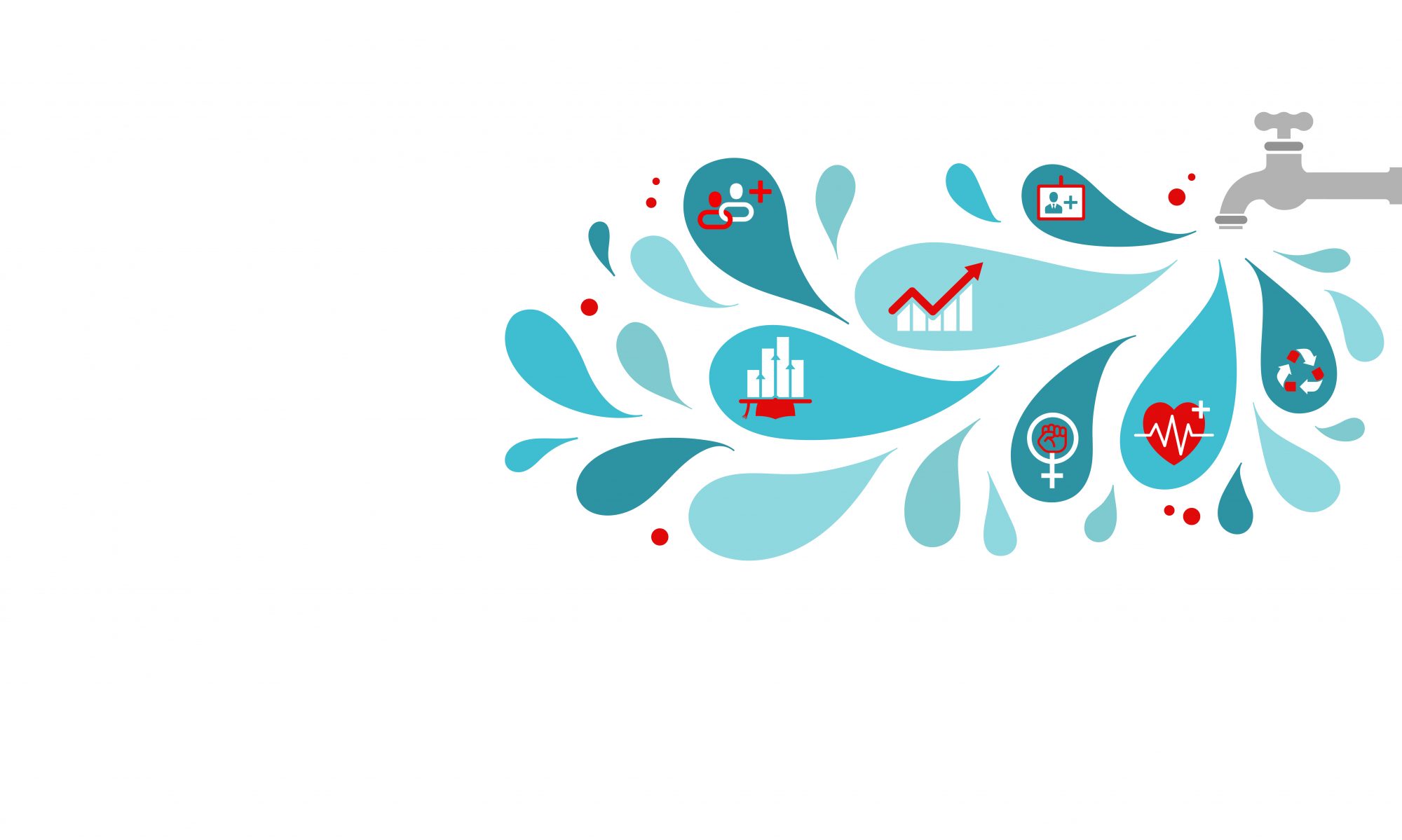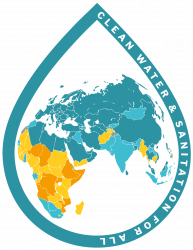Clean Water is water which is safe to drink or use for food preparation, otherwise known as potable water, and does not cause any harm over a lifetime of consumption [1].
Clean and accessible water is a pivotal part of the modern world, therefore a sufficient amount of fresh water on the planet is required to achieve this. However, billions of people still lack access to clean water, with death and disease the outcome of an inadequate water supply, sanitation and hygiene. This lack of access generally occurs in lower economically developed countries, with poor infrastructure and economics, and due to this , they are unable to retain the water from natural events such as monsoons.

Water scarcity, poor water quality and inadequate sanitation destructively impact on the food security; livelihood choices and educational opportunities for poor families across the world. At the current time, more than 2 billion people are living with the threat of reduced access to freshwater resources and by 2050, at least one in four people is likely to live in a country affected by chronic or recurring shortages of fresh water. Drought especially troubles some of the world’s poorest countries, worsening hunger and malnutrition. Fortunately, there has been substantial progress made in the past decade concerning drinking sources and sanitation and now over 90% of the world’s population has access to developed sources of drinking water.
To improve sanitation and access to drinking water, there needs to be increased investment in the management of freshwater ecosystems and sanitation facilities on a local level in several developing countries within Sub-Saharan Africa, Central Asia, Southern Asia, Eastern Asia and South-Eastern Asia [2].
Sanitation refers to the provision of facilities and services for the safe management of human excreta from the toilet to containment. It also includes the storage and treatment onsite or conveyance; treatment and eventual safe end use, or disposal. More broadly, sanitation also includes the safe management of solid waste and animal waste. Inadequate sanitation is a major cause of infectious diseases such as cholera, typhoid and dysentery world-wide. It also contributes to stunting and impaired cognitive function and impacts on well-being through school attendance, anxiety and safety and has lifelong consequences especially for women and girls . Improving sanitation in households, health facilities and schools underpins progress on a wide range of health and economic development issues including universal health coverage and combatting antimicrobial resistance.
Basic sanitation is improved sanitation. Facilities that ensure hygienic separation of human excreta from human contact. They include:
- Flush or pour-flush toilet/latrine to a piped sewer system; a septic tank or a pit latrine.
- Ventilated improved pit latrine.
- Pit latrine with slab.
- Composting toilet [3].
Safely Managed Sanitation is defined as an improved sanitation facility, which is not shared with other households, whilst offering a safe disposal of excreta.


Why is it important?
- Undernutrition
One-half of all undernutrition is related to the lack of clean drinking water and basic sanitation. It may lead to malnutrition or a stunt of growth [4].
- Women’s Health
Lack of water and toilets at schools, clinics and other public places prevents women from managing their menstruation hygienically, in privacy and with dignity, resulting in negative health impacts and perpetuating inequalities. Girls avoid going to school where there are no proper sanitation measures. There is an increased vulnerability of child-bearing women which can be detrimental to the mother and foetus [5]. In certain circumstances women are expected to uphold their gender roles; open defecation cannot interfere with cooking, or caring for family members [6].
- Helps to improve hygiene
Clean drinking water and good sanitation will not prevent infections without the practice of good hygiene. A simple habit of washing hands goes a long way towards preventing diseases.
The stored water supply may also serve as a source of infection in the absence of hygiene. At any given time, close to half of the urban populations of Africa, Asia, and Latin America have a disease associated with poor sanitation, hygiene, and water [7]
- Diarrhoea and other faecal diseases
Diarrheal diseases are the leading cause of death in developing countries, with children under 5 being the most susceptible to this potentially fatal disease. Diseases associated with poor sanitation account for 10% of the global disease burden [8].
- Sewage (dumped into rivers etc.)
Approximately 90% of untreated sewage is dumped into water sources. This discarding of waste can cause a disruption in the respective ecosystems as well as contaminating water sources used for consumption. This not only harms the consumers of the water source and the wildlife around it, but harms the economy, sustainability of the water sources and causes severe environmental damage estimated to be billions of pounds [9].
- Increased social and economic development of a country
Sanitation makes a positive contribution in family literacy. Reports from 1999 concluded that for every 10 per cent increase in female literacy, a country’s economy can grow by 0.3% [10]. Improved sanitation also helps the environment. Access to safe drinking water and good sanitation are vital for family well-being. It results in control of enteric diseases and boosts child health. A healthy child has the ability to acquire knowledge and retain information more effectively. This improving level of education may also lead to an increase in the child’s future employment opportunities and social mobility.

